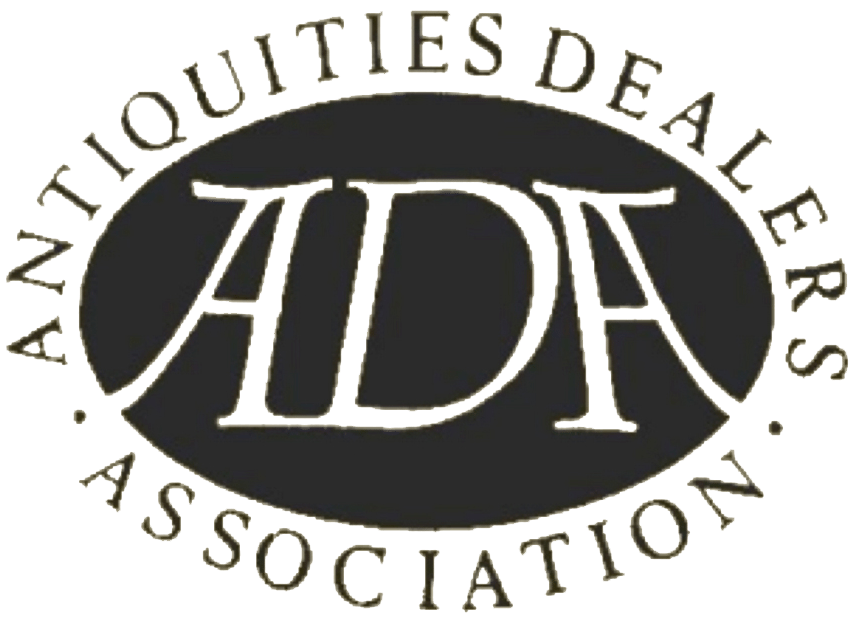Panel debates on Risk Management in the Art and Antiquities Markets
City law firm K&L Gates will host the second in a series of day-long seminars on February 7 addressing risk in the art and antiquities market. The first of three panels across the day will feature Professor Janet Ulph of Leicester Law School, the University of Leicester, Dr Sophie Vigneron, of Kent Law School at the University of Kent, and art market campaigner and advisor Ivan Macquisten, who also advises the ADA. They will be discussing the Cultural Property [Armed Conflicts] Bill, codes of conduct, ethics, due diligence and compliance for the market and museums, with Ivan adding his perspective on what is happening, why, and what this all means for the trade.
The panel runs between 10 and 11.15am and will be followed by a panel between 11.45 and 12.45 on keeping track of lost and stolen artworks and antiquities, featuring Ariane Moser, COO of Artive Inc, James Ratcliffe, Director of Recoveries & General Counsel at the Art Loss Register, and Sean Kelsey, Senior Associate with K&L Gates.
The final panel, from 2-3.15pm, will focus on risks associated with anti-money laundering and the Proceeds of Crime Act offences, and their mitigation. Speakers include Christine Braamskamp, Partner at K&L Gates, and Richard Abbey, Partner at Ernst & Young Fraud Investigation and Dispute Services.
Further details and tickets are available via this link

Recent Comments